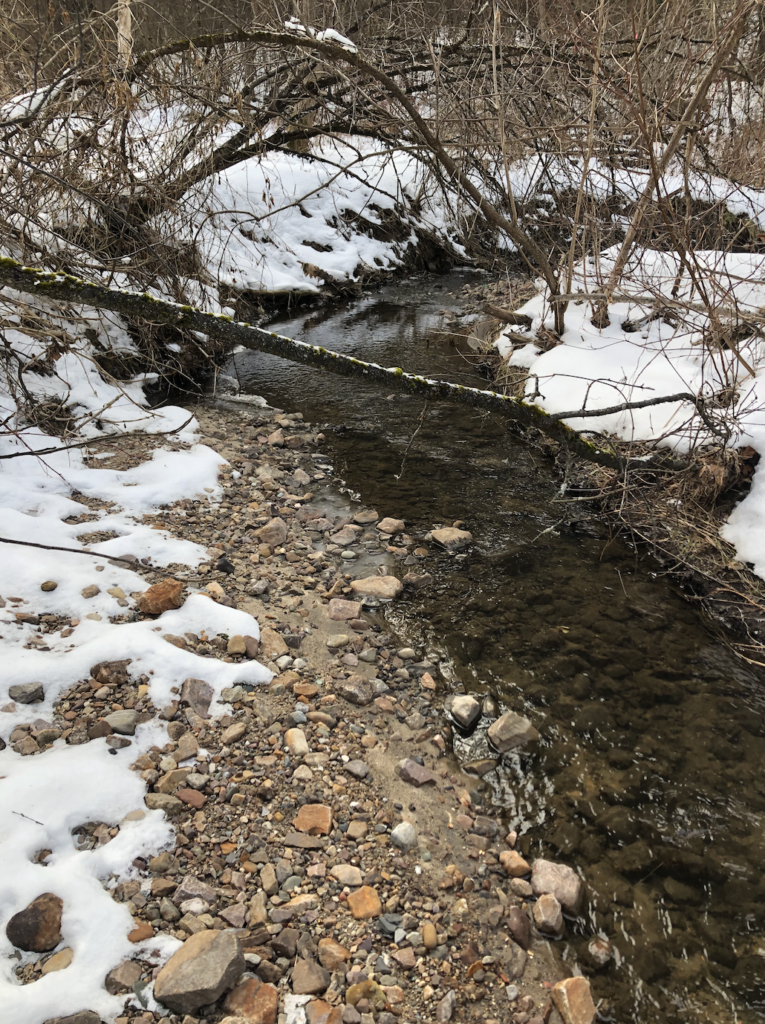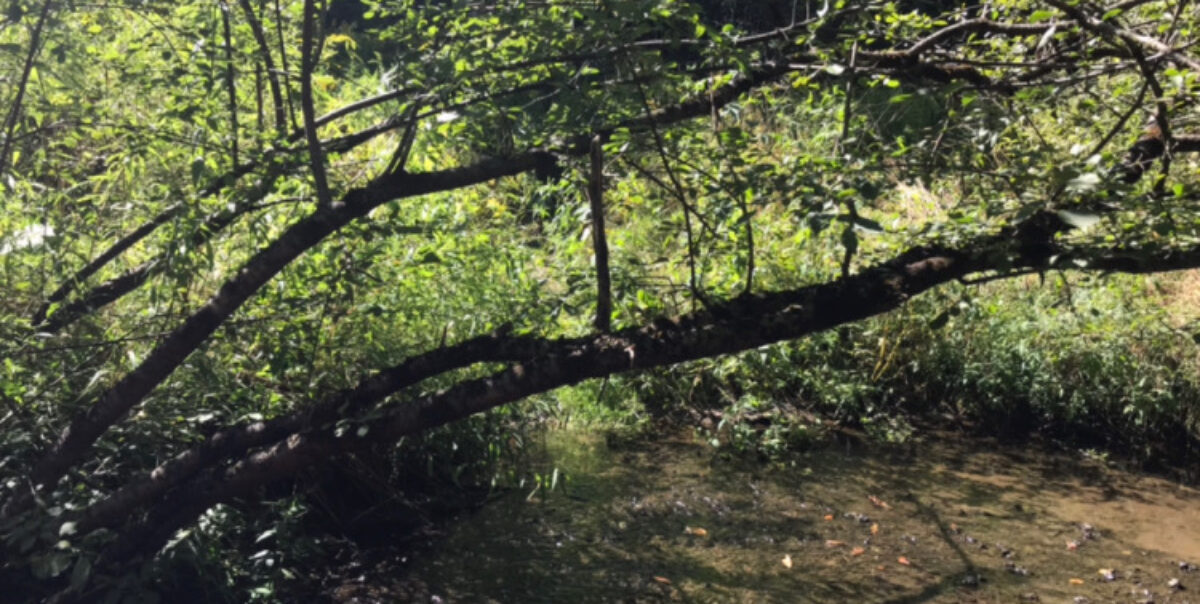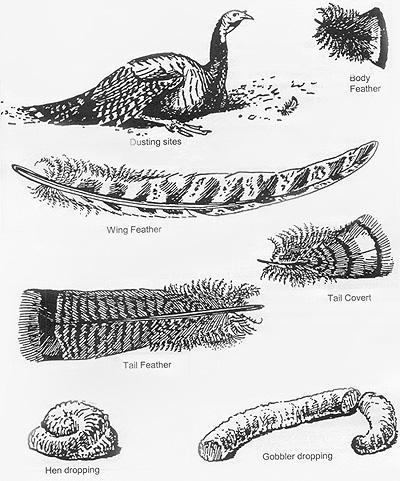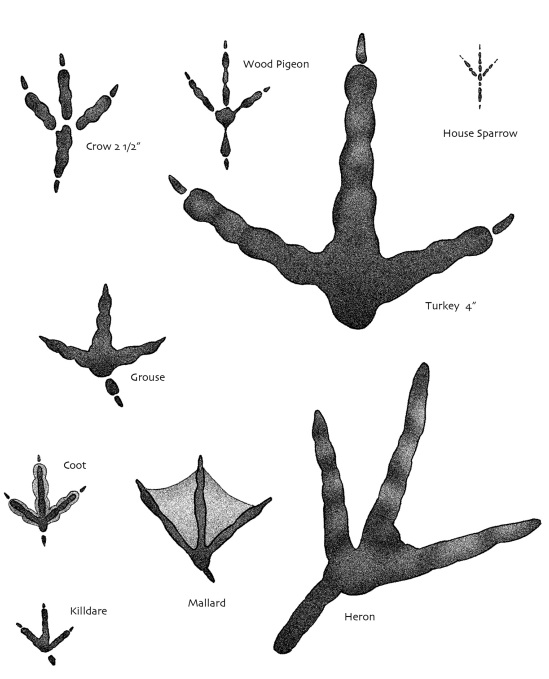The Turkey.
Turkeys, for me, have always been interesting. This is because on Cape Cod (where I live) there is a surplus of the species. This is especially true on the islands that are off the coast of the cape. So, when I entered centennial and spotted a turkey track I knew I focus on this bird as my species for my blog post.
When it comes to identifying the turkey, their track is pretty recognizable. For example, the foot of the turkey is made up of three long toes, the middle one being the longest. I was able to identify this bird using my tracking book. For you, I have included two photos that show key characteristics of turkeys.
(right) “A Brief Introduction to Animal Track Identification.” Wilderness Volunteers Blog, wildernessvolunteers.blogspot.com/2016/08/a-brief-introduction-to-animal-track.html.
The first photo (Left) is an example of all turkey characteristics and highlights how scat can vary whether coming from a male or female bird, much like in Naturally Curious (pg 405).
The second photo (Right) shows the print of a turkey compared to other birds similar to it. In this photo, it is clear the size of the print (4 inches) as well as the shape which is more symmetrical than others in the image on the right.
While I personally found no evidence of scat, I do think it is important to highlight how scat is different between males and females. Female scat is round and less stiff while males scat is in a log like or J like shape and much stiffer than females. This is depicted in the leftmost image above. (labeled: Hen and Gobbler droppings)
What Do the Turkeys Do?
During the Day, turkeys are hunting for food. However, they are no longer grazing in grass for insects due to the snow taking over the grazing fields. Instead, turkeys enter into forested areas (like centennial) in search of nuts and other sources of easy sustenance like seeds and buds that can be found under heavy forest cover.
During the evening, turkeys roost in trees. One interesting thing though, is that turkeys do not roost in the same tree in the winter, however can be found doing so in the spring.
––––– Carolyn Lorie. “Wild Turkeys: The Outside Story.” Center for Northern Woodlands Education, 17 Nov. 2014, northernwoodlands.org/outside_story/article/wild-turkeys.
Other Species:
I have had small interactions with other species in the area. Some of these species include Grey Squirrel and Chipmunks. Both of these species can be seen searching the ground for food. I often see the chipmunks closer to the ground running around in and between fallen trees in areas with less snow and occasionally I see them closer to my designated spot near the water. I find myself seeing squirrels the most through. Our interactions are brief and it is mostly just a rustle of a branch in a tree and then a flash of their tail and they are gone again.

Since my last visit to my sight, not much has changed besides the amount of snow on the ground. Most of the snow that we received in January has began to subside and as a result the water level of the stream that I chose to base my location off of has risen slightly.
As you might remember from my last blog post, I talked about how slippery and icy it was making my way into Centennial Woods… This time I did decide to wear more sensible shoes than Converse but besides that there was much less frozen water on the ground.
––– Amelia McCabe 🙂


